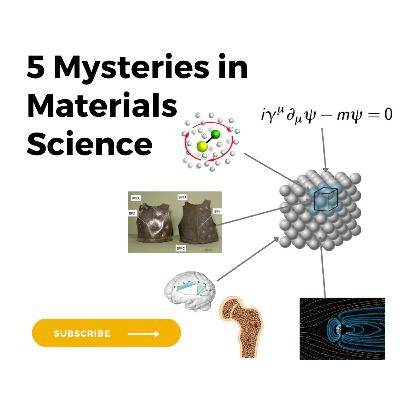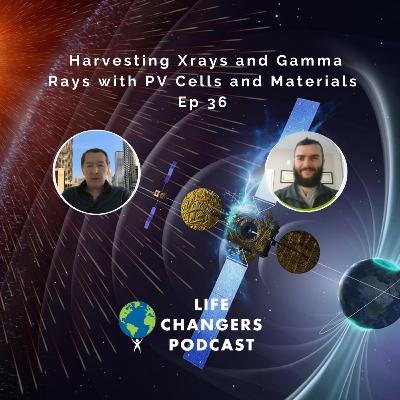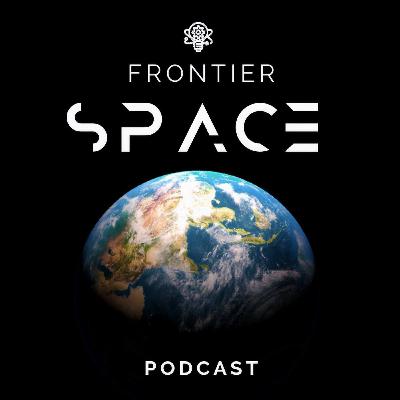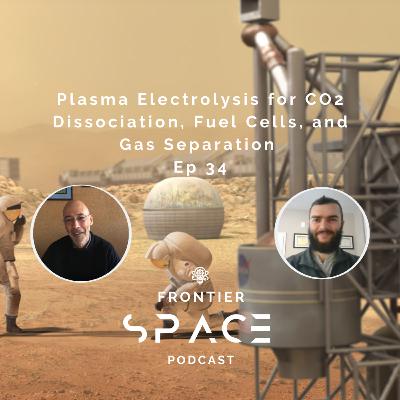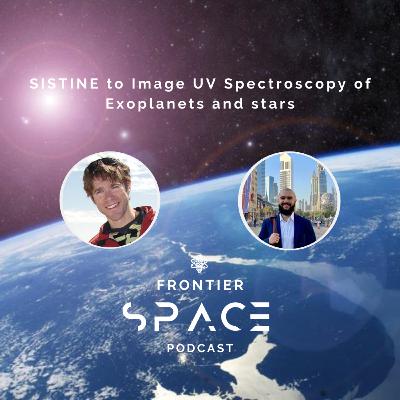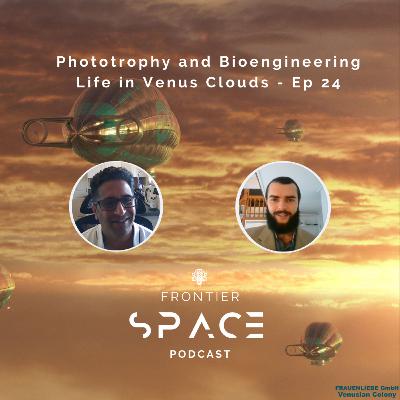Solar Gravitational Lens for Exoplanet Surface Imaging & Interstellar Communication - Ep 31
Description
Plunder in to explore takeaways with Alex Madurowicz from Stanford on his 2022 SGL Study below outlining the orbital mechanics, to send craft to Solar Gravitational Lens (SGL), how to maintain alignment with target planet and optical effects and sources of noise, and a special algorithm designed undistort the light by reversing the bending from the gravitational lens, which turns the Einstein ring back into a pixelated round planet. SGL telescopes can improve the precision of imaging of exoplanet surfaces by 1,000X.
Join us on a special edition to the farthest we have gone beyond Earth in an episode, to the Solar Gravitational Lens past 550 Astronomical units, 14X farther away than pluto-sun distance. Topics include Einstein ring, applications of microlensing, 1metre scale telescope demo to SGL by ~2030, radio beacon for interstellar comms and first contact.
Madurowicz, Alexander & Macintosh, Bruce. (2022). Integral field spectroscopy with the solar gravitational lens, Astrophysical Journal, May 2022.
https://doi.org/10.3847/1538-4357/ac5e9d
Additional Readings:




